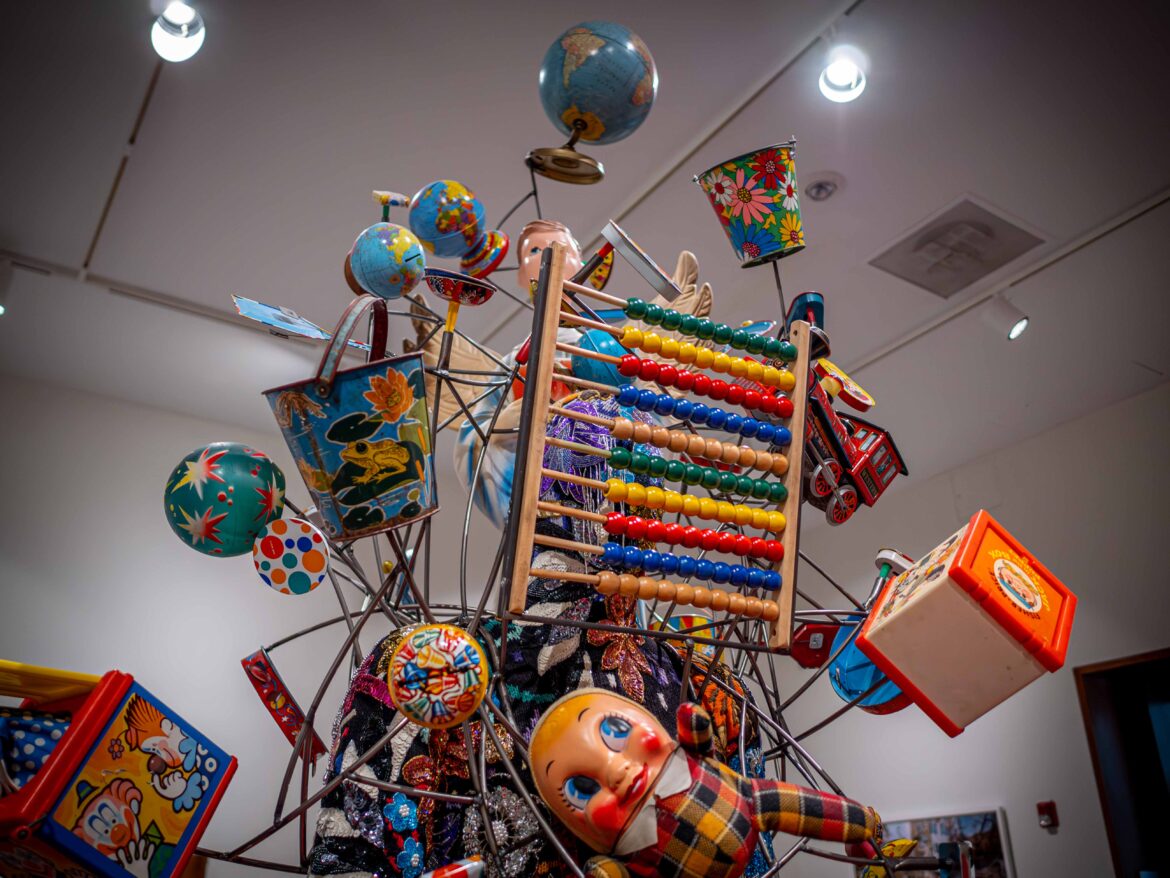The Montclair Art Museum (MAM) is paid homage to Black artists with its latest exhibition “Century: 100 Years of Black Art at MAM.” The landmark exhibition consisted of the museum’s permanent collection of over 70 works in various mediums, making it the largest show to date at MAM.
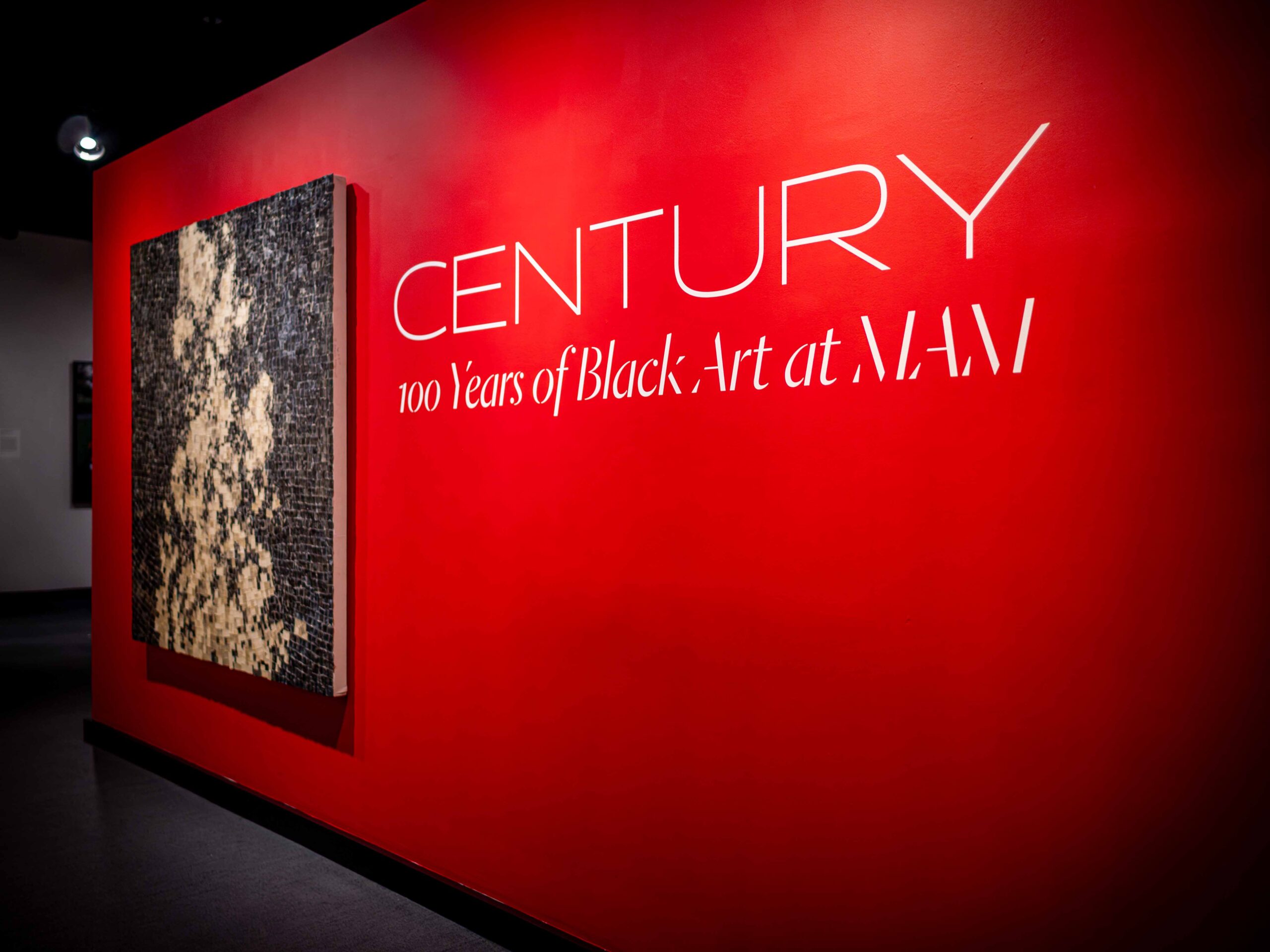
Karsten Englander | The Montclarion
“Century” is meant to confront the generative force in Black life, spanning historical events and personal experiences within the community. The project was headed under the dedicated work of co-curators Dr. Adrienne L. Childs, senior consulting curator at The Phillips Collection, and independent consultant nico w. okoro. okoro has a master’s degree and is a specialist in contemporary art, whereas Dr. Childs knows historic black modernist artists like Romare Bearden and Jacob Lawrence.
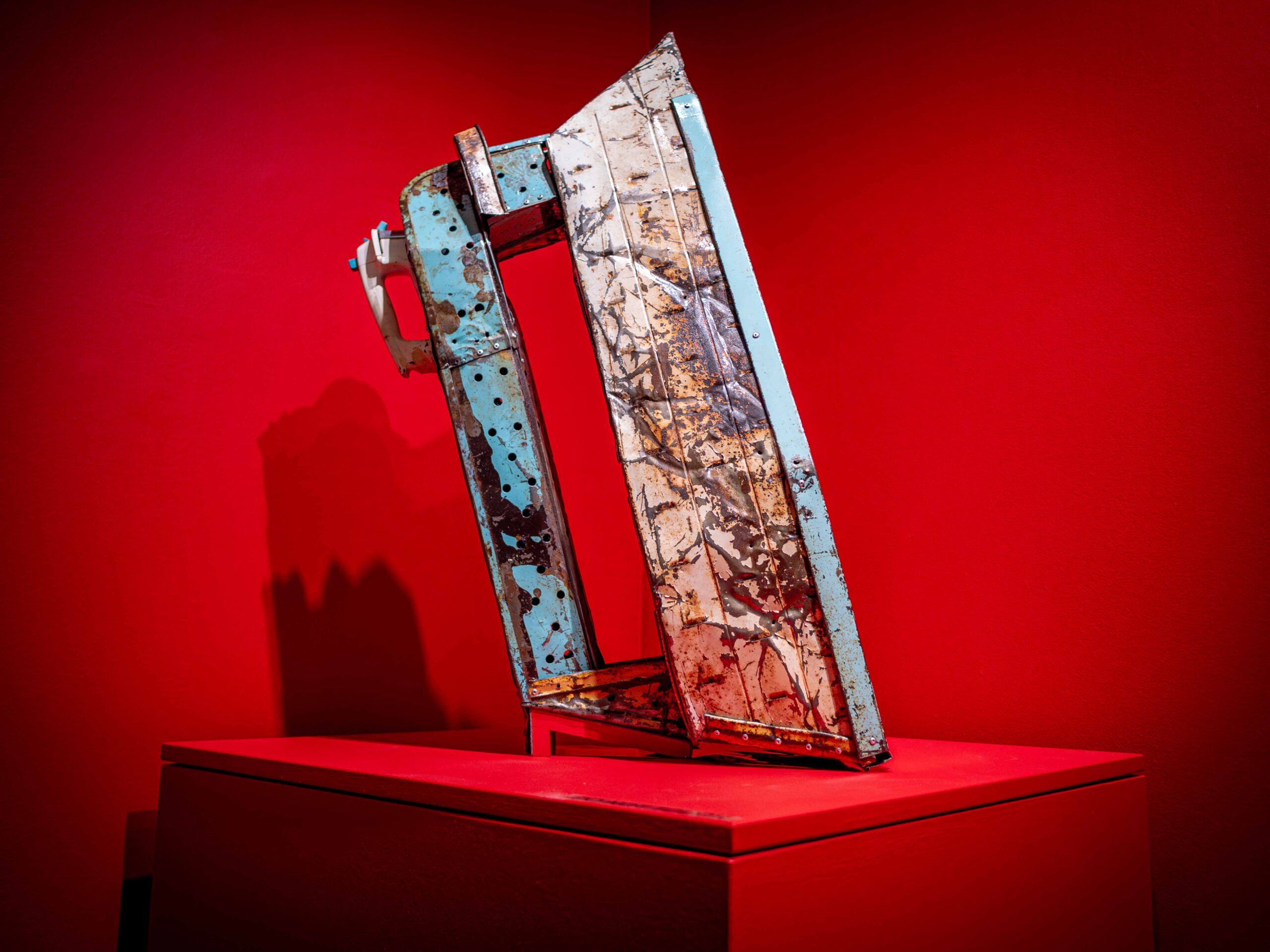
Karsten Englander | The Montclarion
Both have accumulated expertise in their careers and had a genuine interest in bringing diverse voices to the forefront of the museum. As two women of color, there was an amount of hope in bringing genuine voices to the conversation. Relying on writings by the exhibition’s artists helped the curators better understand how to interpret their work.
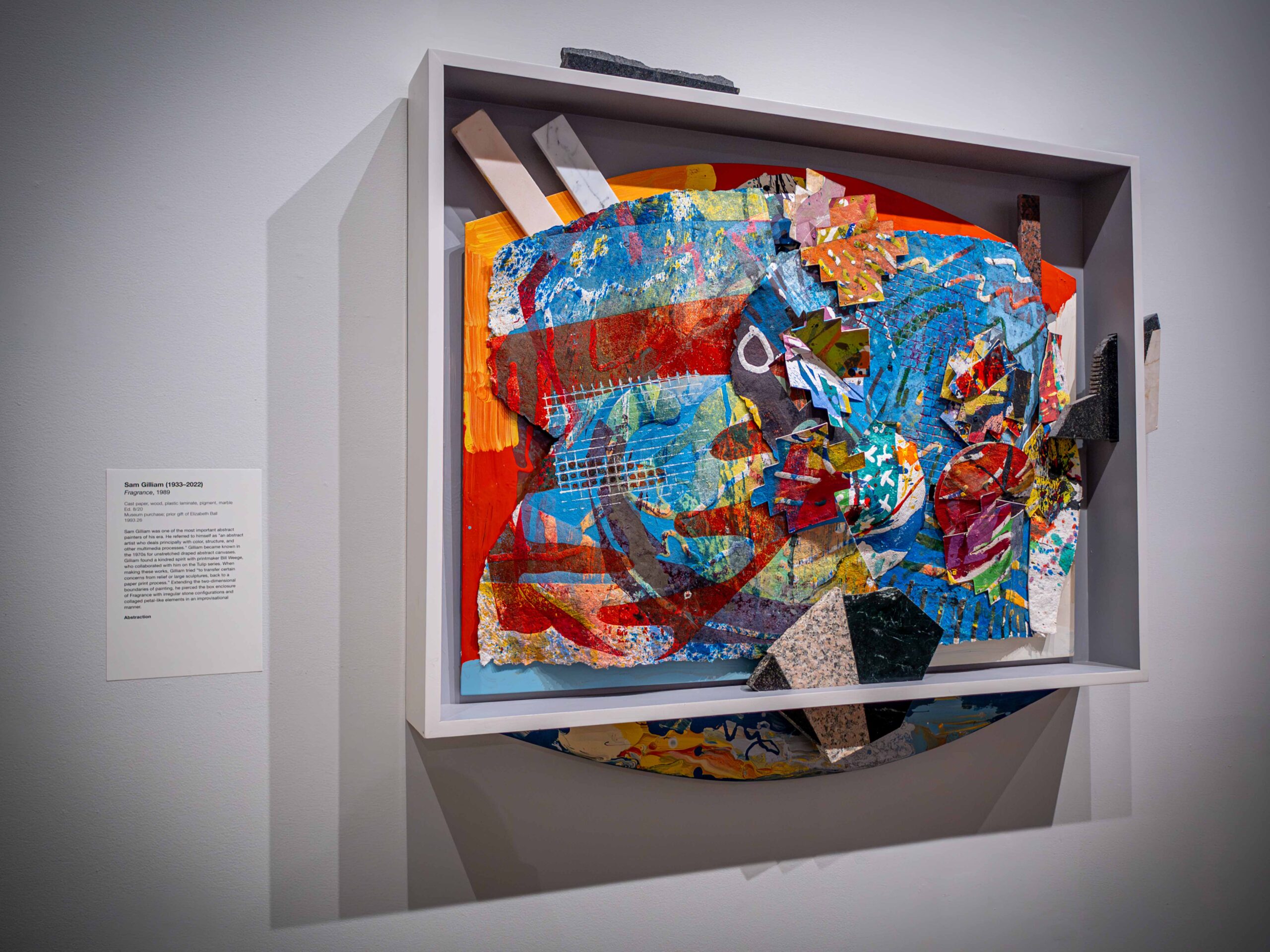
Karsten Englander | The Montclarion
“That’s a part of what we do,” Childs said. “[We try to] represent the art and the difficult, difficult stories that it might tell in ways that are authentic and sensitive to the issues.”
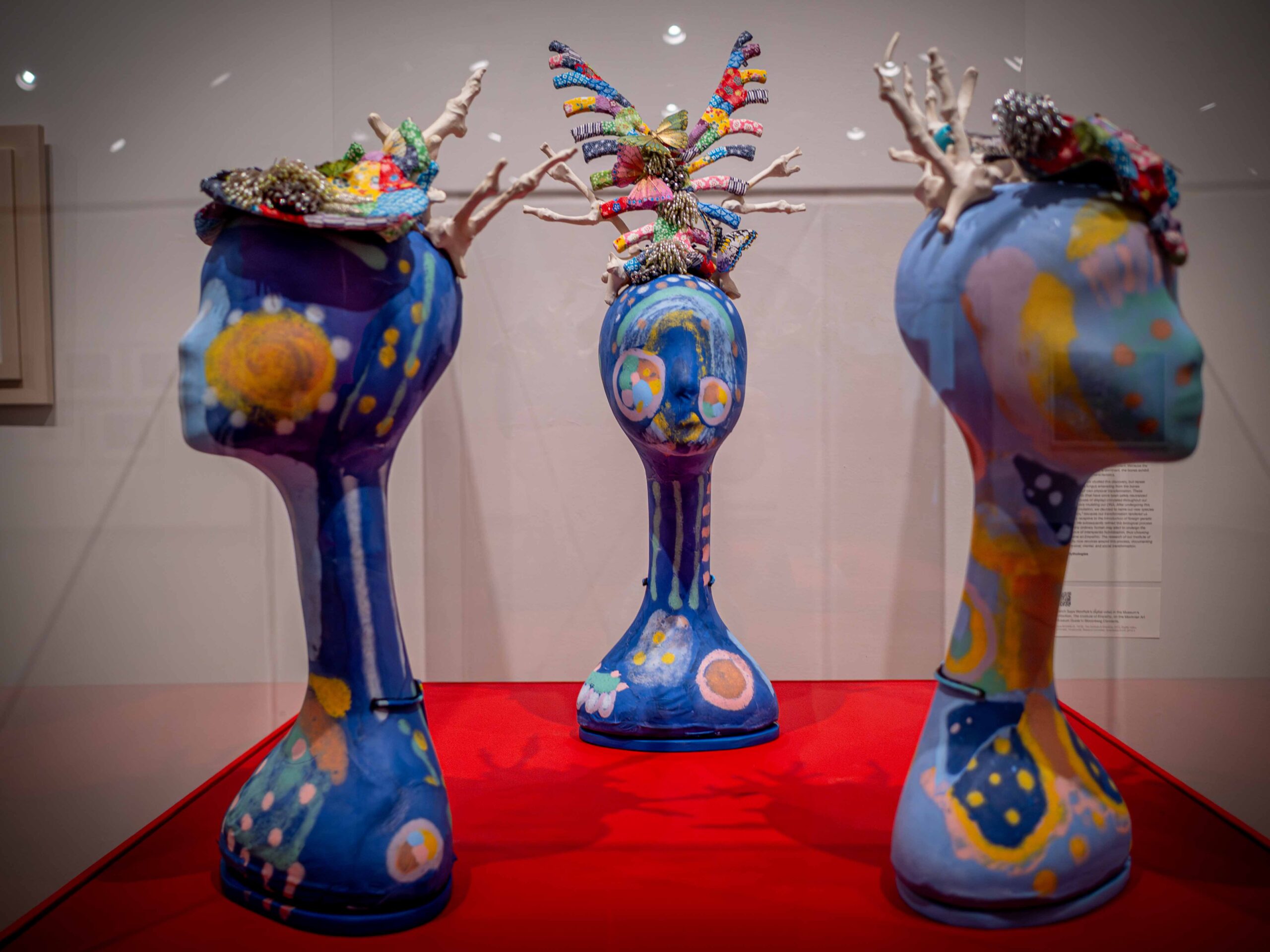
Karsten Englander | The Montclarion
The exhibition was divided into six categories that highlighted the social visions and practices brought to life by the museum’s 59 accompanying Black artists. Each black artist has a different story to tell, and with this comes the need to showcase the variety of work performed.
“It is hard to curate any exhibition that is based on race only. It is not a theme that can be consistent,” Childs said.
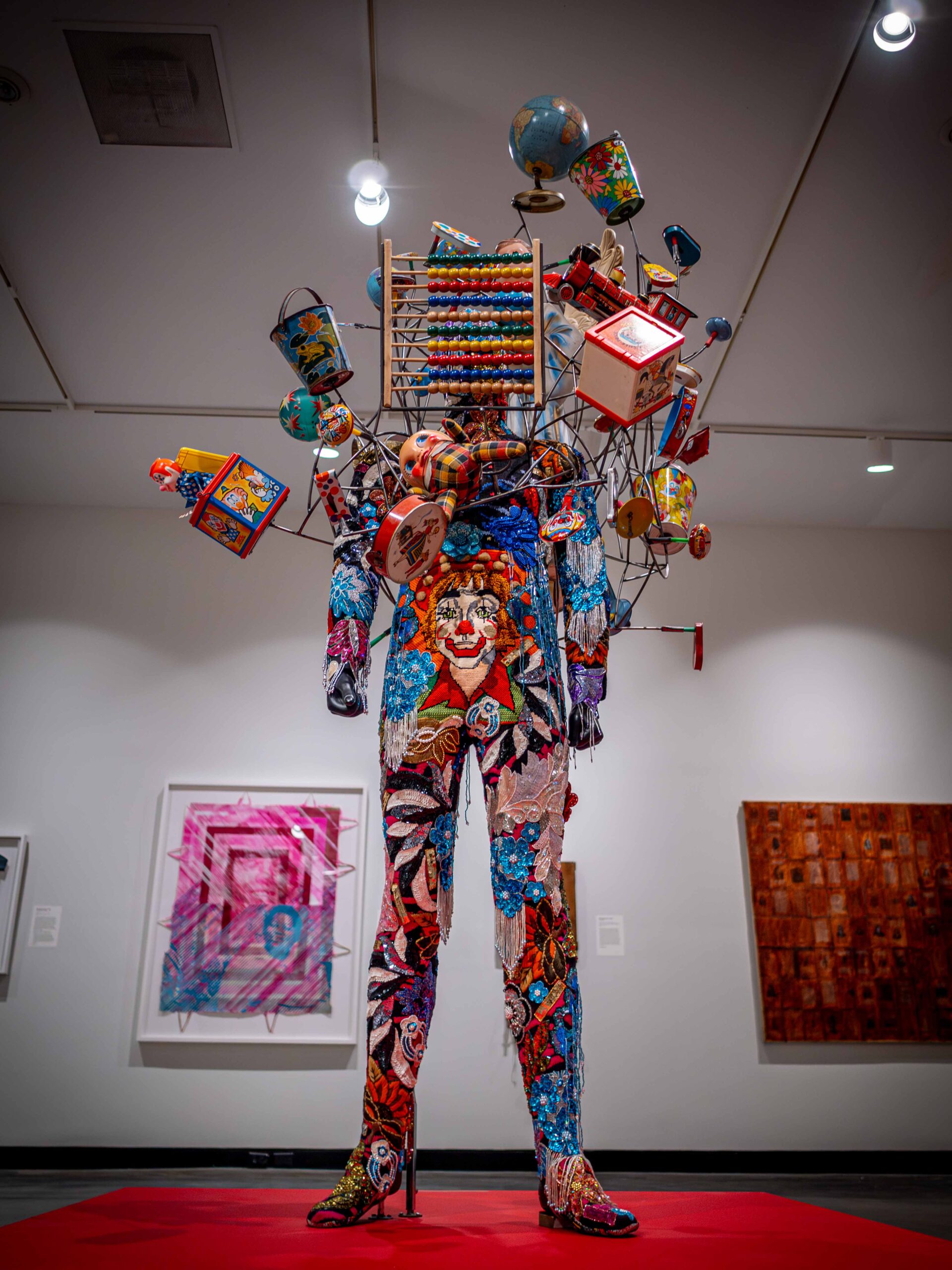
Karsten Englander | The Montclarion
The following themes were displayed within the exhibition: Black Portraiture, Archival Memory, Abstraction, Black Mythologies, African Diasporic Consciousness and Black Joy and Leisure. Each feature category was not standalone but arranged in a manner that highlighted the importance of layout throughout the museum. In each piece was a connection between generations and the simple use of placement accentuated Black life and culture.
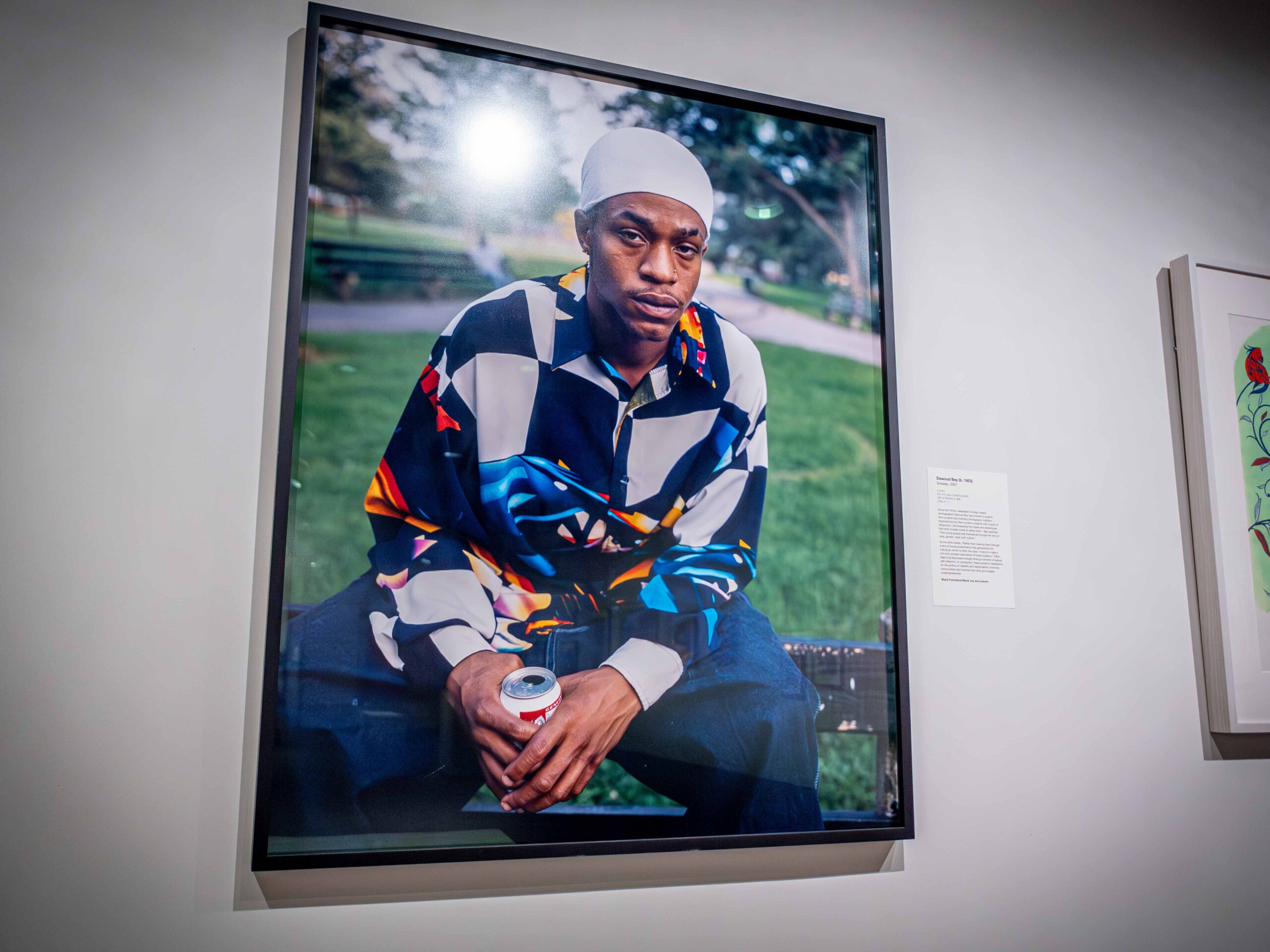
Karsten Englander | The Montclarion
“Century” was also accompanied by a fully illustrated catalog with several essays that provided analyses of the complex cultural background of Black art. Chief curator Gail Stavitsky highlighted the role that the co-curators had in establishing this groundbreaking catalog and show.
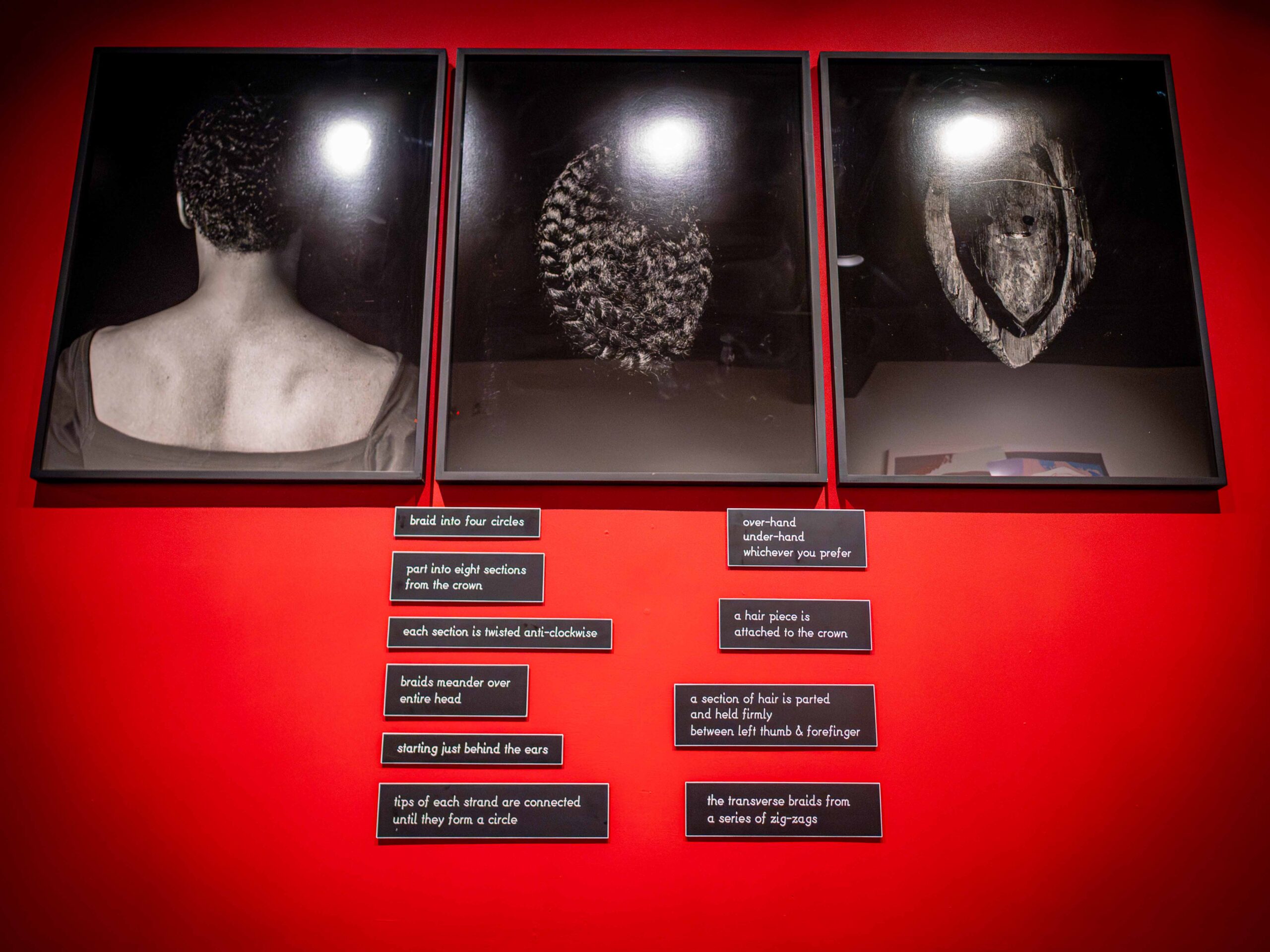
Karsten Englander | The Montclarion
“I have to give them credit,” Stavitsky said. “We have over 200 works in the collection by black artists, and they chose a number of works that we’ve never really had the opportunity to display. They really contributed such fresh eyes and fresh perspectives.”
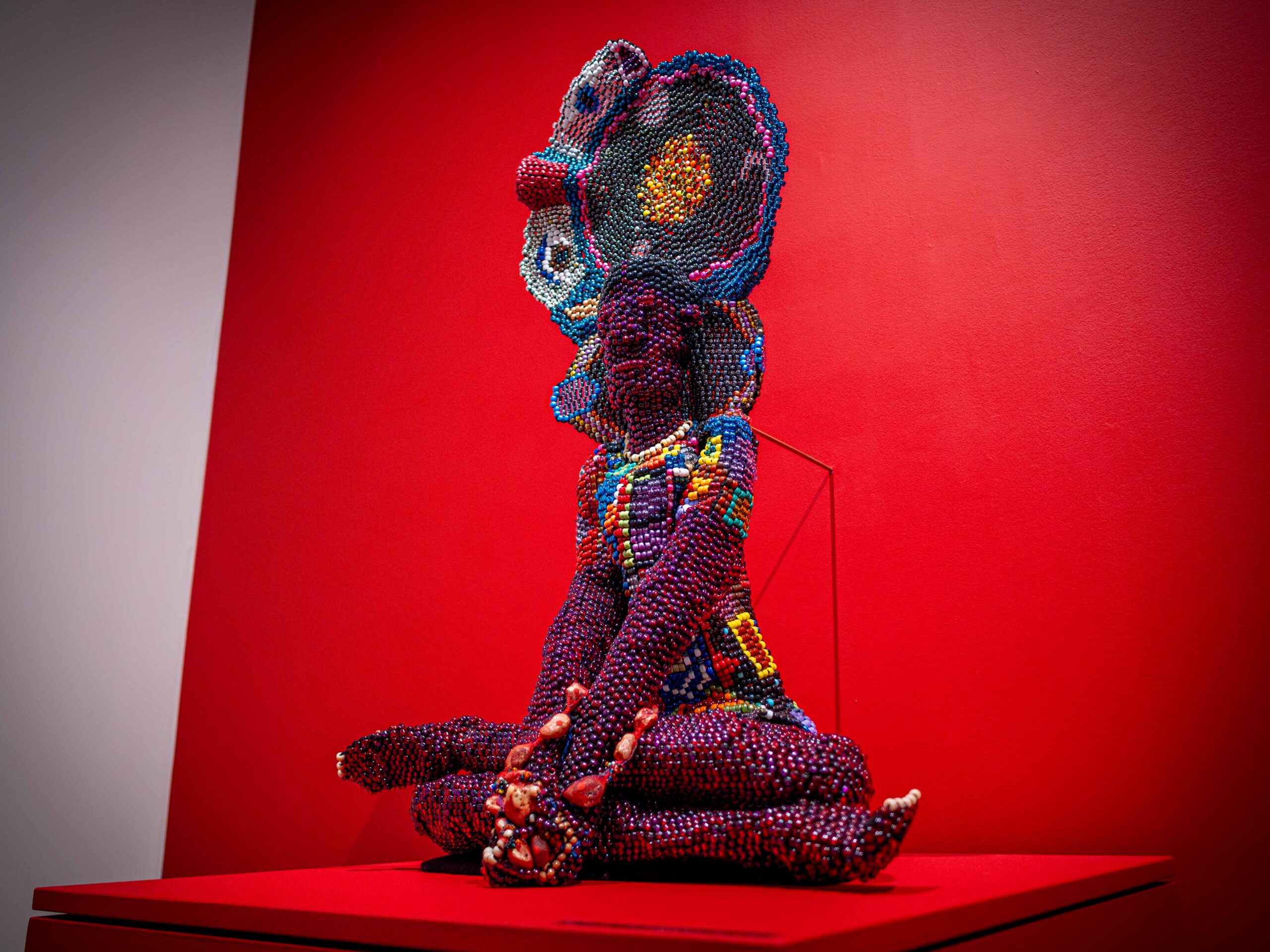
Karsten Englander | The Montclarion
Stavitsky has worked for the museum full-time for the past 30 years and also has contributed much of the labor needed for such an exhibition. Since the nineties, she recalls the rewarding experience of watching the museum evolve with acquisitions of Black and Native American art.
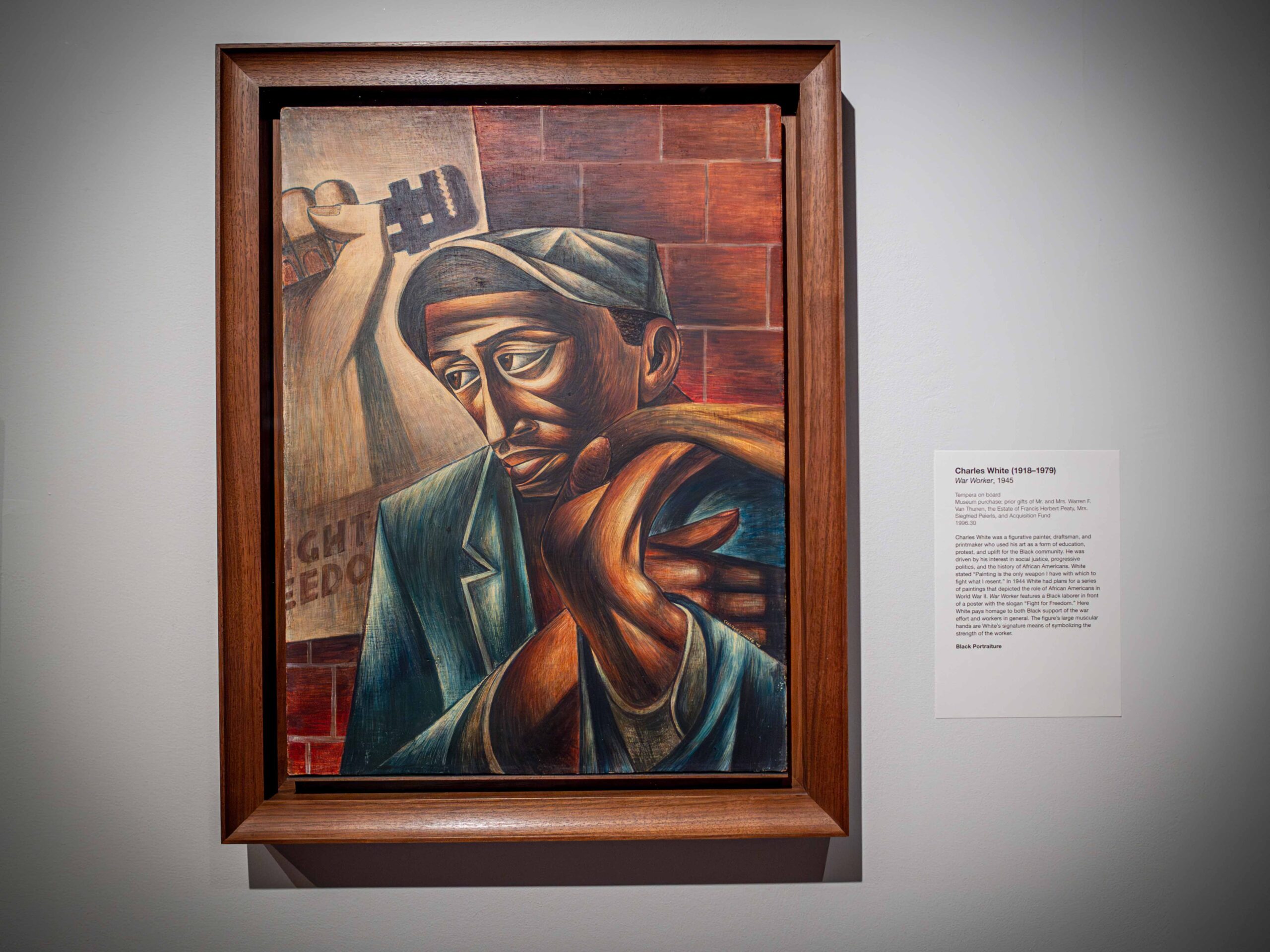
Karsten Englander | The Montclarion
“The entire institutional history is really very much about diversity and being a very welcoming place for everybody,” Stavitsky said.
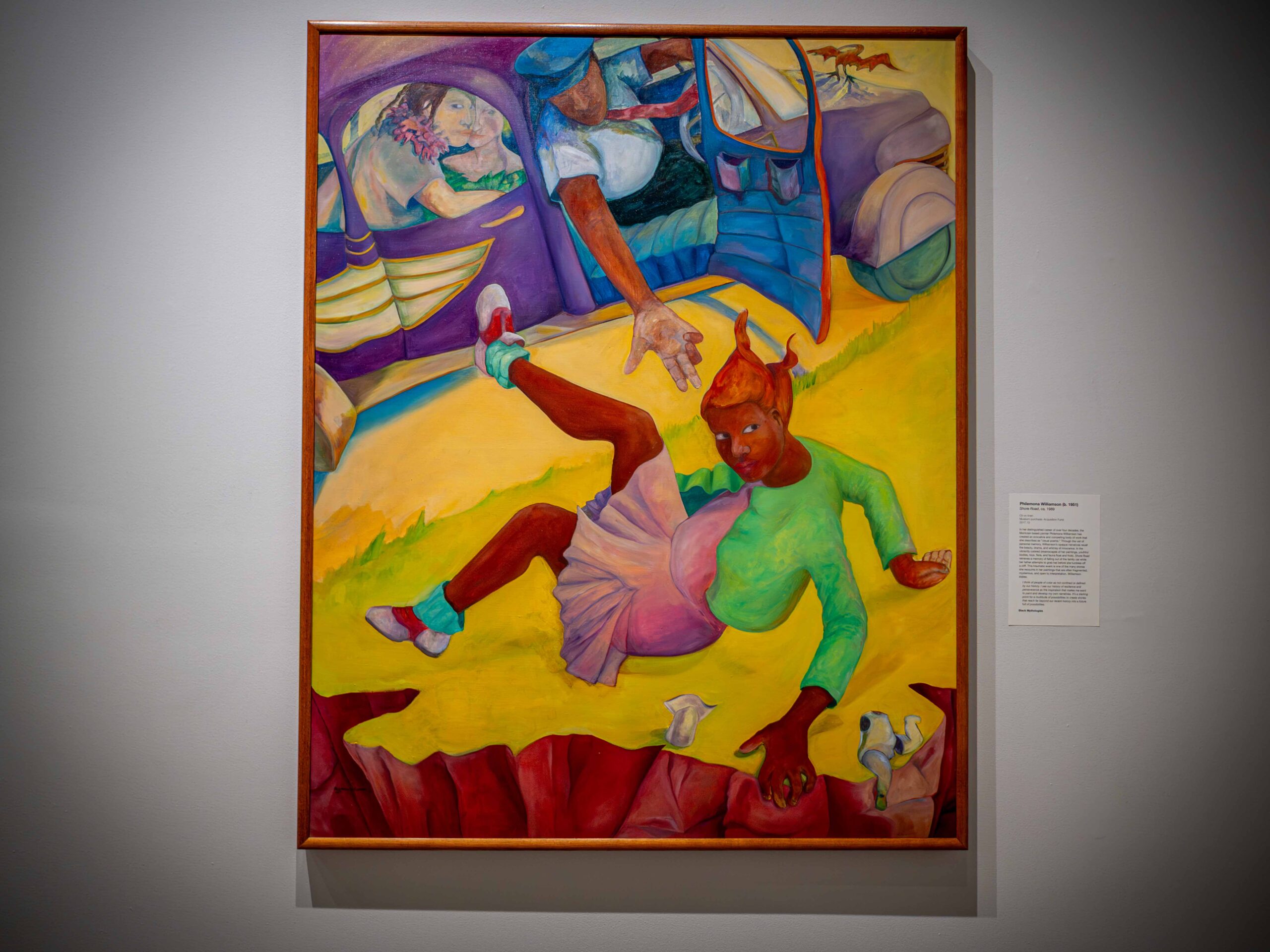
Karsten Englander | The Montclarion
In the “Century” show, the idea of race was not a theme, but a starting point for understanding the extendedness of the diaspora experience. Through multiple encounters with these bodies of work, one would be able to learn about the struggles of Black life and overall embody the meaning of true diversity.
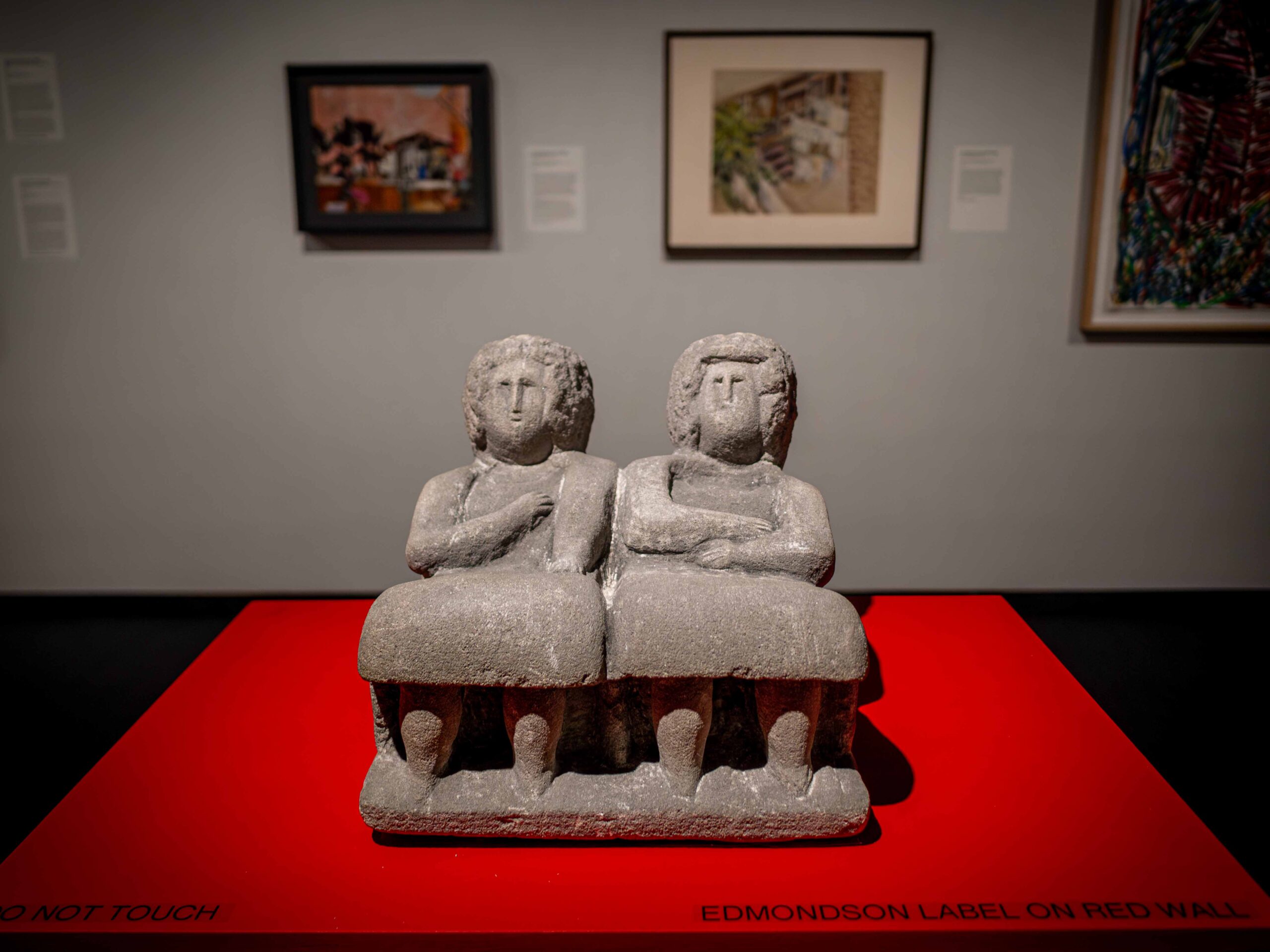
Karsten Englander | The Montclarion
Executive director at Montclair Art Museum, Ira Wagner, spoke on the importance of amplifying underrepresented voices not only during Black History Month but throughout lifetimes. The African American Cultural Committee (AACC) has long inspired this exhibition by forging meaningful connections through outreach programs and shared values on a local and international level at the Museum.
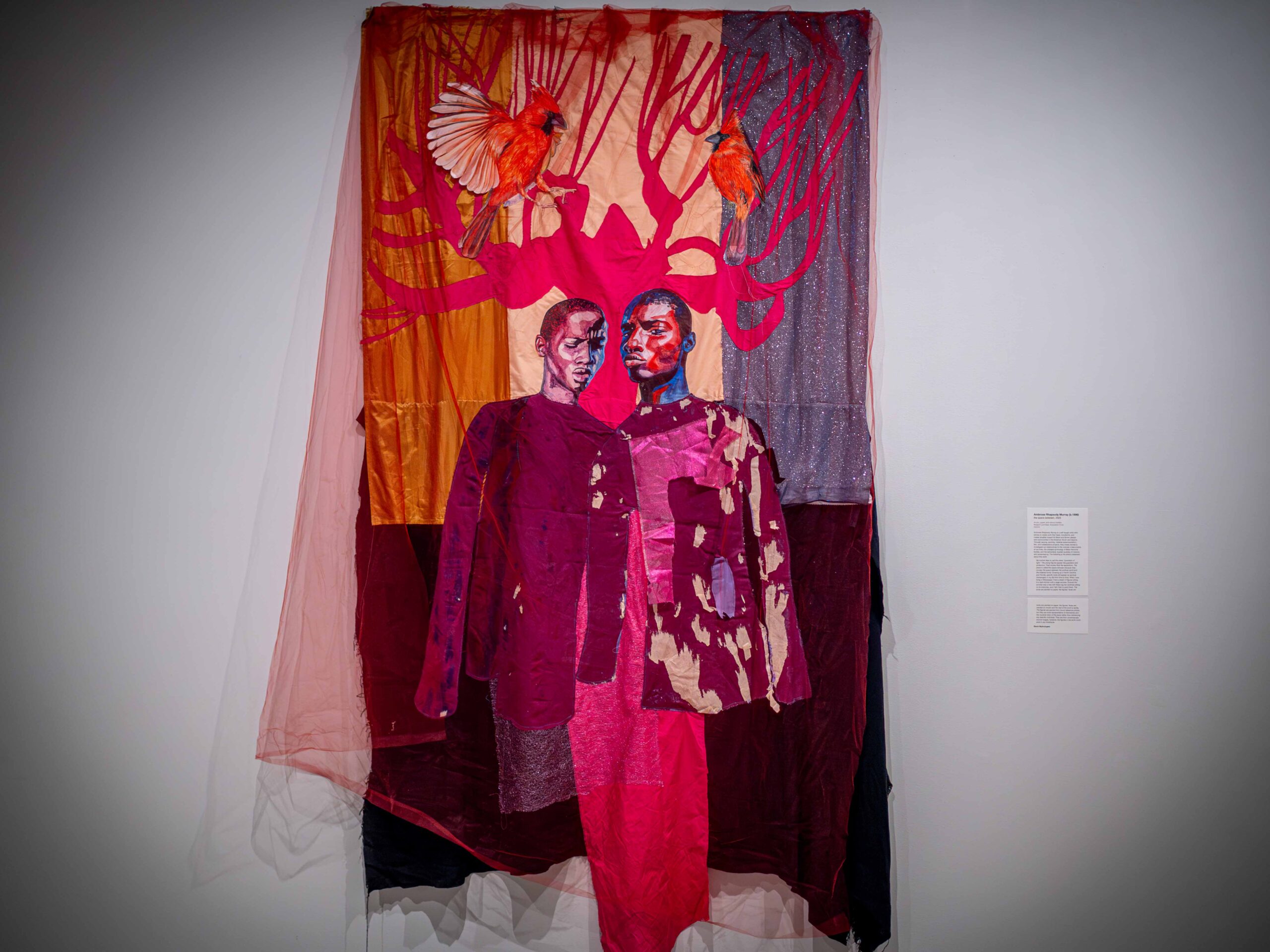
Karsten Englander | The Montclarion
One of the achievements that Wagner mentions is the announcement of Debra Cartwright as the Montclair Art Museum and African American Cultural Committee’s first AACC Founders Fellow. Cartwright highlighted the exploitative treatment of Black women’s bodies in medical experimentation by drawing comparisons between landscape painting and its depiction of land use.
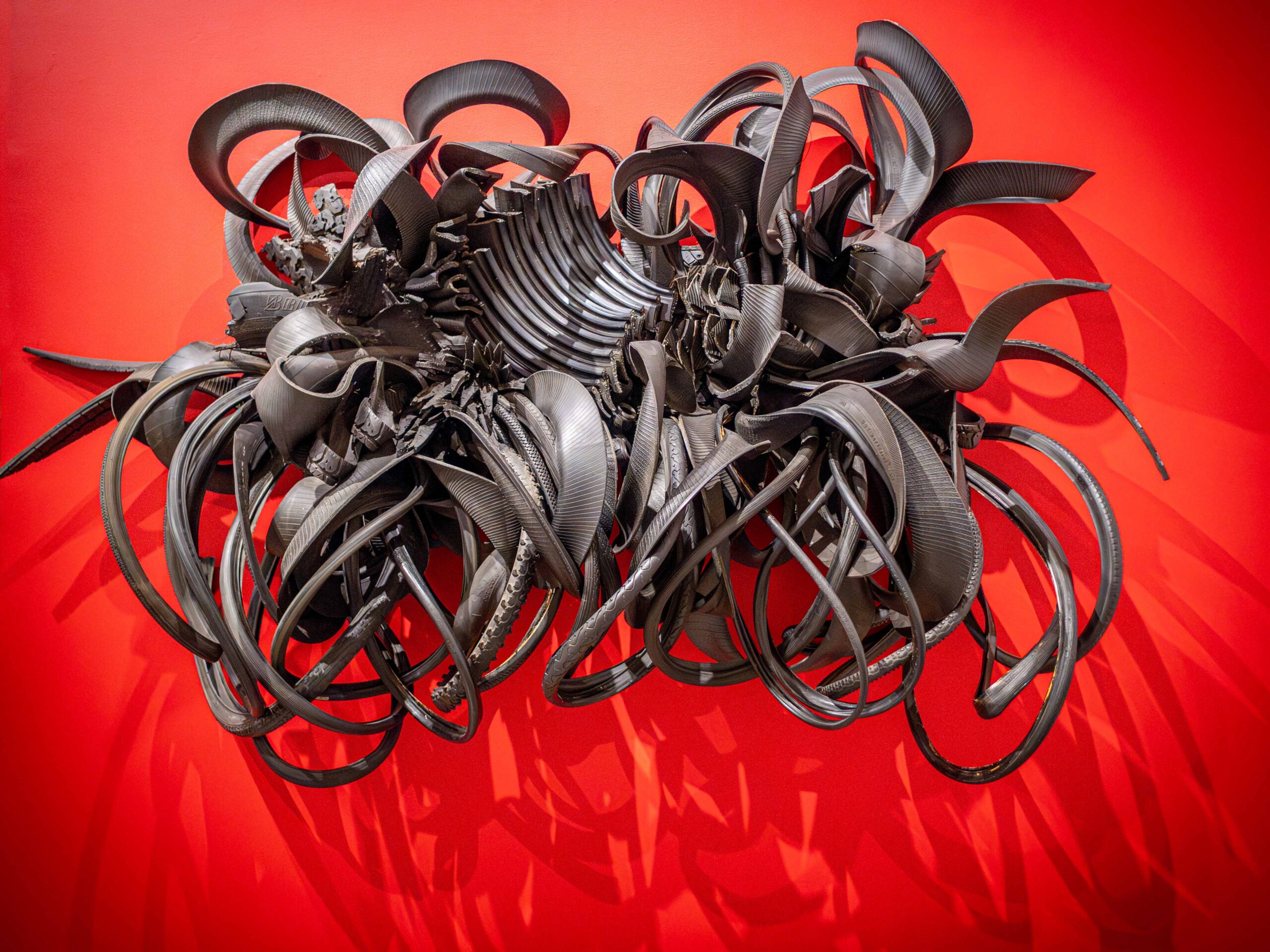
Karsten Englander | The Montclarion
“Even though the underlying themes are disturbing, to say the least in terms of the history of gynecology and experimentation on enslaved women,” Wagner said. “It’s another example of our commitment to emerging artists, underrepresented artists, and bringing those voices to the museum.”
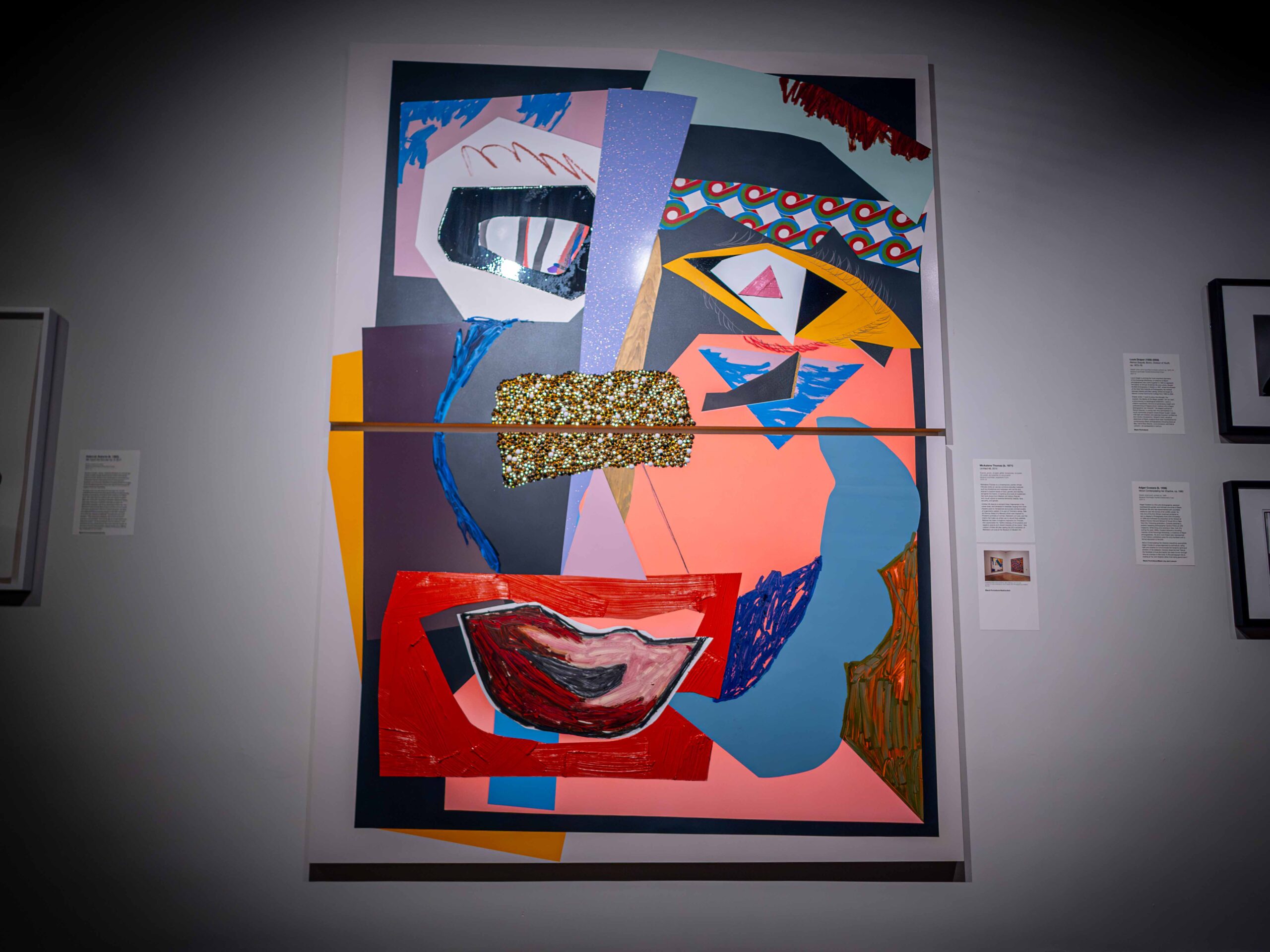
Karsten Englander | The Montclarion
“Century: 100 Years of Black Art” will run from Feb. 9 to June 23, inviting all ages to witness its transformative power.

